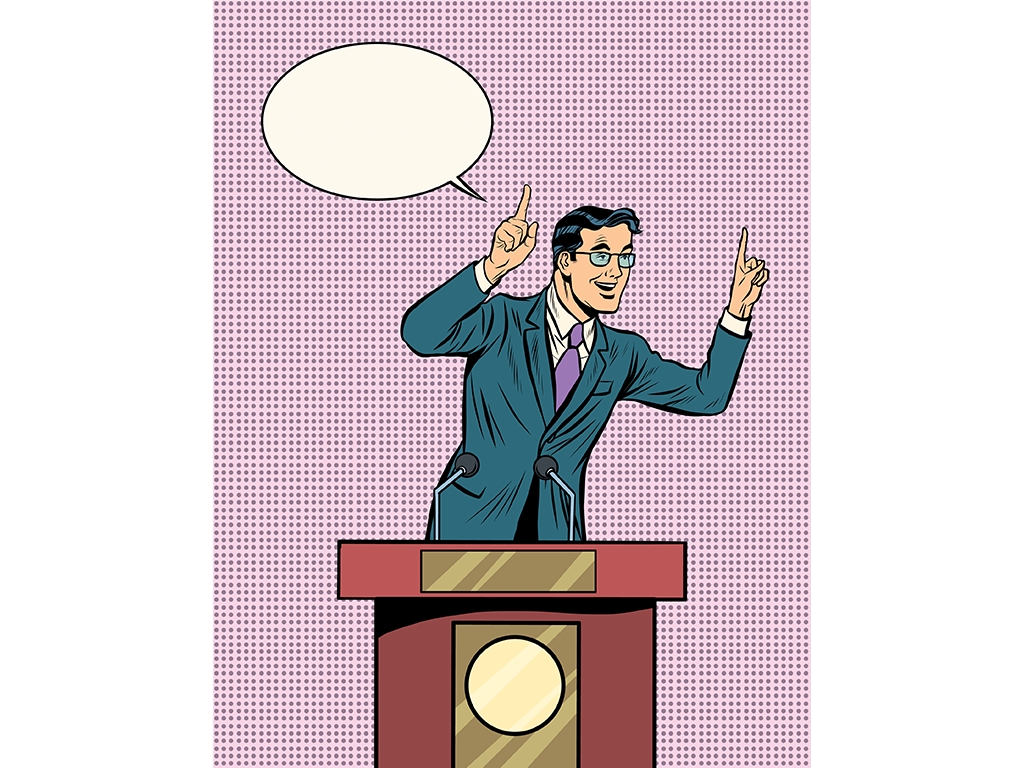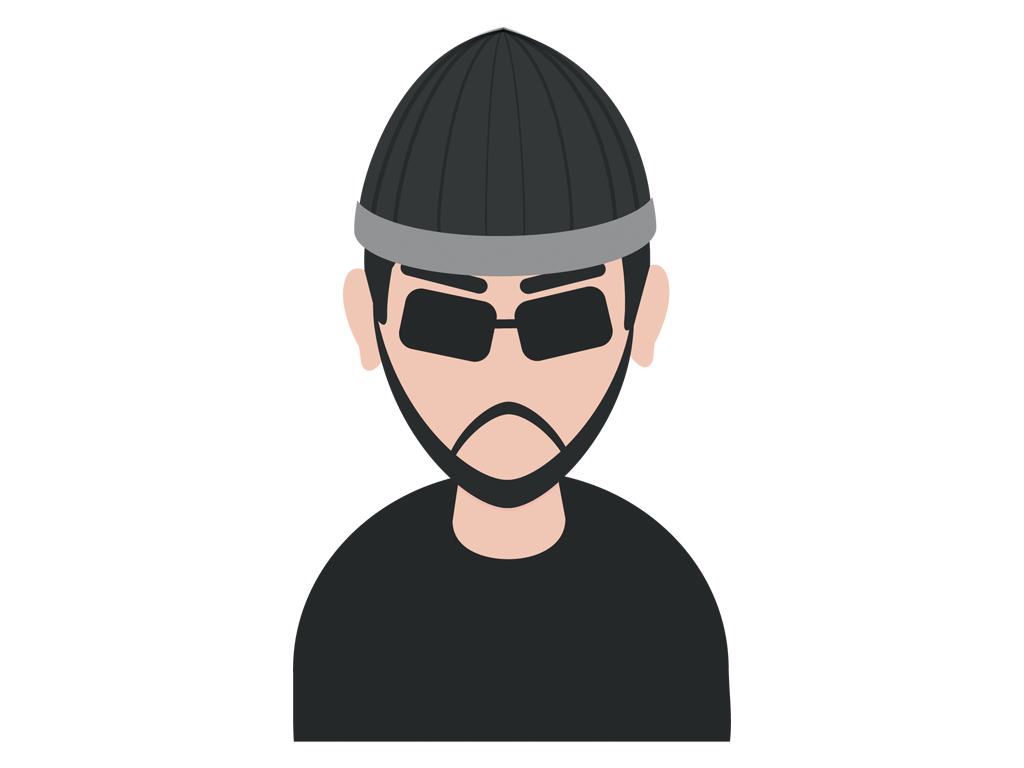Seven Vital Communication Skills and How To Practice Them
For humans, communication is like water to a fish. It’s always there, so we don’t usually think about it or notice it. Except when the fish is yanked out of the water onto a boat and starts flopping around. Then he notices the water but only after it’s gone. We humans tend to think about communication the same way. When it’s there and it’s working, we don’t think about it. Only when something goes wrong do we realize how important it is.
What Is Communication?

Before we talk about how to improve it, we need to figure out what it is, and what’s it’s used for so we can make it better. A common misconception is that communication is merely an exchange of information. Yes, all communication is a transmission of information from one brain to another.
Sometimes this communication is totally conscious, when we have something we want to say, we think about it, and we take say it, and make sure they understood our meanings.
Other times it is completely unconscious. We see somebody we like and smile. That gives them information about how we feel about them. Yet we don’t plan to smile. We don’t calculate that by smiling, we will hopefully get them to reciprocate. We see them, and us seeing them causes us emotional pleasure which causes us to smile. They see us smiling at them, and they know instantly, without needing any conscious thought, what that means.
Orangutan Clicks

Recently scientists discovered that orangutans give off a very specific clicking sound when predators are near. They are orangutans, so they probably aren’t thinking much about what they are doing. For animals other than humans, much of their behavior is instinctive. But that doesn’t mean that clicking to each other isn’t communicating. And when they click that certain click, it means one thing and one thing only. That some dangerous animal is close by.
It seems pretty clear that this click isn’t just a transmission of information. This information is hopefully acted upon. The click doesn’t just mean there’s a predator nearby. That click is a warning to get the hell higher up in the tree so you don’t get eaten!
Intention Of Communication

Whether it’s in chimps or humans, whether it’s conscious or unconscious, whether it’s spoken or unspoken, all communication can be thought to have an effect on the receiver. Orangutans click because they want their friends to stay safe. (Here we are using the word “want” metaphorically). When we automatically smile, it’s because we want them to know how we feel about them. And we do so because we hope that will have an impact on how they feel about us. Again, we use the word “want” here metaphorically. But conscious or unconscious, we communicate because we either are consciously hoping for a certain result, or our instincts tell us that we are likely to get a certain result.
Communication is Outcome Oriented
We can see that communication is a means, and the ends is what we want the other person to do as a result of that communication. When your teacher calls on you unexpectedly, and you quickly rattle off an answer, you hope that she’ll leave you alone as a result. When your friend texts you and you don’t respond immediately, you are hoping that will give them a certain message.
You Cannot Not Communicate
This is a pretty common saying, so let’s take it apart and see what it means. Everything about your physical presence gives information about you. If you never shower, never comb your hair, never wash your clothes, that projects information about you. You give off information about who you are without even needing to try, or without even needing to know.
Criminal Intentions

There are a certain class of criminals who prey on pedestrians. Purse snatchers, pick pockets and the like. The purposely choose people based on how they walk. They have a very good idea of who will fight back and who won’t. They have a very good idea of who will chase them, and who won’t. They even have a good idea of who will likely call the cops, and who won’t. A criminal stands on the corner, looking for easy marks. Every single pedestrian that passes by is giving off information, they are communicating whether they want to or not, whether they know it or not.
You Are Always Communicating
The first step in improving your communication skills is to understand that you are always communicating. You are never not communicating. Which means that if other people are around you, if they take the time to look at you and think about how you are presenting yourself to the world, they will be able to discern certain things about you. To some this is obvious and isn’t worth mentioning. To others who would like to stay as invisible as possible, this is a horrifying thought.
Non Verbal Communication

Several studies have indicated that more than ninety percent of our communication is not based on the actual words we are using. This is easy to think about when you compare some really good movies, and some really horrible movies. Or rather, some really good actors and some really terrible actors. Both good actors and bad actors are given lines written by somebody else. But some deliver them well, and others don’t. This isn’t to suggest you are a bad actor. This is only to illustrate how much non-verbal communication can affect the actual words that are spoken.
How Specifically?
These some of the things that affect your communication, beyond the words that you are using.
- How you fast you speak
- How much you hold eye contact while you speak
- The way your tone rises or falls at the end of your sentences
- Where you place your pauses while you speak
- How you hold your posture while you speak
- How well you enunciate each word
- Your gestures
- Your facial expressions
- How much variety you use (gestures, facial expressions)
How To Improve Communication
There are many ways where you can improve your communication. Before we go through the recommended ideas, understand that communication is a skill. And like all skills, the more you practice, the better you’ll get. While it’s common to assume that some people are just “good communicators” and others aren’t, this isn’t true. Even those who appear the most natural have spent thousands of hours in front of a mirror. Stand up comedians who look absolutely relaxed and comfortable up on stage have practiced that same routine hundreds of times. No matter what you think of yourself now as a communicator, you can improve, and you can improve a lot.
Seven Ways To Improve Interpersonal Communication
One – Be Clear On Your Conscious Message
It’s hard to communicate effectively if you don’t know what you want to say. A useful way to make sure that all your communication is effective is to know your outcome. Know what you want to have happen as a result of your communication. This can be anything from getting your friends to laugh at your joke to getting hired from a job interview. This sounds pretty self-evident, but many of us never take the time to get clear on what we want. We have vague ideas, we spit out some randomly chosen words and hope for the best.
What Do I Want?
It’s helpful to get in the habit of asking yourself this before you communicate. Even in unconscious communication situations, it can be helpful to train yourself to think in terms of what you want before going into any situation. In many cases you may have a best case scenario, an acceptable outcome, an unacceptable outcome, and the worst case scenario. That’s perfectly fine. Just getting clear on these four ideas before speaking or going into a situation will help you choose your words or other non-verbal communication more effectively.
Two – Ask For Clarification

Since communication is a two way street, you’ll often find yourself on the receiving end of a communication. And there’s a good chance that other person is going to be the one with half-baked ideas poorly described with randomly chosen words. Don’t be afraid to ask for clarification on what they mean. You don’t need to put them on the spot, or ask them, “Dude, what the hell are you talking about?” Instead consider being a bit more gentle.
“Sorry, I’m not sure what you mean. What exactly do you want to do, or what would you like to have happen as a result of this conversation?”
This or something similar is usually all you need to say. Very few people are as articulate as they want to be, so helping them to better explain the ideas in their brains will get them to appreciate you a lot more. Just being the one who always is sure to make sure everybody is accurately heard will help you go far.
Three – Be As Open As Possible

There’s not much you’ll accomplish by being closed. If you are speaking while being closed off, people won’t hear you as well. If you are listening while being closed off, they will be less likely to get the ideas out of their heads as well as they could. How do you be open? One of the cool things about body language is that it works both ways.
Both What Ways?
When we are closed off on the inside, we tend to close off our body language as a result on the outside. But the opposite way works as well. Meaning if you purposely open your body language, it’s hard to remain closed off on the inside. When standing, this means having your arms and legs uncrossed, and standing facing the person you are speaking to. If you are sitting, it means having both feet flat on the floor, and your arms at your side. Being open is the same as being vulnerable, from a purely physical position. If you make yourself more open, and more vulnerable while speaking and listening, your communication will be much more effective.
Four – Project Confidence

This is another thing that you can fake with your body language, and then your inner feelings will catch up. When talking, stand up straight with your shoulders rolled back. Practice speaking to people while maintaining eye contact. If this is difficult (as it is for many people) you just need to practice. Being able to hold eye contact while speaking is a skill, and like any skill you can get better with practice.
Eye Contact Practice
Practice holding eye contact with others whenever you can. At first, it may seem terrifying but it quickly gets easier. Ideally, you want to get to the point where you can hold eye contact with the majority of people without feeling anxious. Start off with people who are moving. People walking opposite you on the street or wherever. Build up to maintaining eye contact while listening, and finally build up the ability to maintain eye contact while you are speaking.
Five – Practice Active Listening

Most of the time when others are speaking, unless they are talking about something so interesting we can’t help but pay attention, we tend to get bored. Our minds drift, and we start to think of things we can say once they stop talking. Active listening is definitely a skill that will take practice. It’s based on how well you can focus on what they are talking about, and force your mind to only think about what they are talking about.
At the same time, pay attention to their non-verbal communication, their gestures and voice tone. Try and feel the same emotions they are feeling, so you can mirror the emotions they are going through as they are describing whatever it is they are talking about.
This is a very useful skill that will help you remember what they are saying. It’s a skill that will take some time to develop. It’s definitely not a “trick” that you can switch on. But if you can build up your ability to actively listen when others are talking, they will appreciate you a lot more.
Six – Use Non – Verbal Communication Effectively

Most people rarely think of how they use their non-verbal communication. Remember that this accounts for more than ninety percent of your message. This can take a while to build up if you are shy, but if you can use a wide variety of facial expressions and gestures, you will be much more appreciated when you communicate. When speaking within a group, always make efforts to share your focus. Use your gestures effectively to emphasize important points. One easy way to make your communication much more compelling is how you use your pauses.
Response Potential Building
Most people use pauses where a period would normally go. For example, read the following sentence out loud, and pause where it says (pause).
Yesterday I went to the store. (Pause). I bought a jar of peanut butter and a loaf of bread. (Pause). When I got home I made a peanut butter sandwich. (Pause). I also drank some root beer. (Pause). It was a good lunch.
Sounds pretty lame, right? Now say it again, and this time switch the pauses.
Yesterday, I went to the (pause) store. I bought a jar of (pause) peanut butter and a (pause) loaf of bread. When I got home I made (pause) a peanut butter sandwich. I also drank some (pause) root beer. It was a good (pause) lunch.
Just by shifting where you place your pauses, it sounds a little bit more interesting. It creates a mini-cliffhanger in each sentence, even though it’s about making and eating a peanut butter sandwich. Once you start to use pauses consciously, there’s a lot more ways you’ll start to creatively use your gestures. By shifting your pauses like this, you’ll notice that people enjoy listening to you speak a lot more.
Seven – Smile and Use Eye Contact

Whenever you are around other people, smiling and making eye contact sends a powerful message. It says you like who you are. It says you are self confident. It says you are safe and approachable. It will make others more interested in getting to know you, which will make life a lot better. This is also one of those “fake it till you make it” ideas. If you are happy and feel good about yourself, you will naturally smile as a result. But when you force yourself to smile and make eye contact with people, some people will smile back, and that will make you feel good about yourself when maybe you didn’t before.
Learn More

We have tons of courses here about how to become a much more powerful communicator. Whether you want to be more persuasive or more seductive, it’s a lot easier to learn than most people think. Consider some of the courses below to turn your communication skills into a money making, love creating powerhouse!